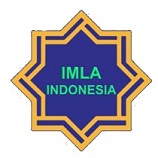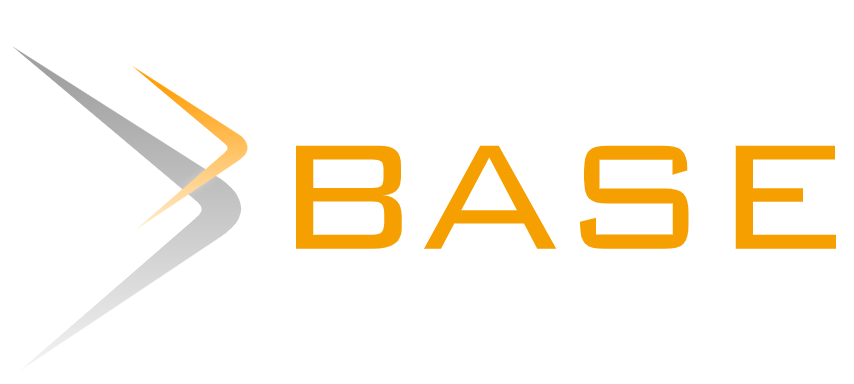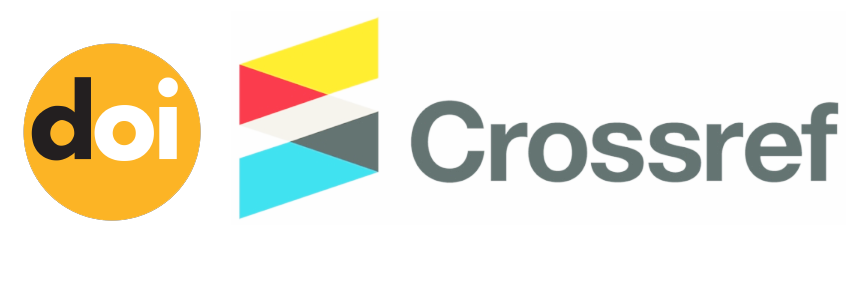HIKAYAT ALFU LAILAH WA LAILAH: ANALISIS STRUKTUR NARATIF
Abstract
The stories of the Arabian Nights were written by many people over the course of
hundreds of years. The core of original stories came out of Persia and India in the early
eighth century. They were translated into Arabic and given the name Alfu Laylah wa
laylah or The Thousand Nights and One Night. This set of stories was few in number and
fell far short of living up to the number in its title.
The Arabian Nights stand near the top of the list of literary works that have
influenced western literature. The first stories from the Nights to reach Europe did so
around the 12th century. Chaucer's Horse, for example, is evidently The Enchanted Horse
from the Arabian Nights. The reaal influence began, however, Galland's translation
brought the full set of the tales to Europe in the early 1700's.
The application of narrative structure to alfu lailah wa can be conducted by
focusing on the study of the plot which makes up series of events. The analysis is made
on the experiences undergone by King Syahriar and his wife, Syahrazad from the
beginning to the end of the story.
The result of the analysis shows that generally the narrative structure of the story
can be divided into three parts, namely prologue, body, and epilogue. In the body of the
story, there are many stories of which narrative structures are different among them.
Beside that, the Arabian Night's Entertainments stand out as one of the stellar
achievements in literature. Hundreds of people contributed to their form and substances
over the hundreds of years of their development. The result has entertained and
influenced readers for generations.
hundreds of years. The core of original stories came out of Persia and India in the early
eighth century. They were translated into Arabic and given the name Alfu Laylah wa
laylah or The Thousand Nights and One Night. This set of stories was few in number and
fell far short of living up to the number in its title.
The Arabian Nights stand near the top of the list of literary works that have
influenced western literature. The first stories from the Nights to reach Europe did so
around the 12th century. Chaucer's Horse, for example, is evidently The Enchanted Horse
from the Arabian Nights. The reaal influence began, however, Galland's translation
brought the full set of the tales to Europe in the early 1700's.
The application of narrative structure to alfu lailah wa can be conducted by
focusing on the study of the plot which makes up series of events. The analysis is made
on the experiences undergone by King Syahriar and his wife, Syahrazad from the
beginning to the end of the story.
The result of the analysis shows that generally the narrative structure of the story
can be divided into three parts, namely prologue, body, and epilogue. In the body of the
story, there are many stories of which narrative structures are different among them.
Beside that, the Arabian Night's Entertainments stand out as one of the stellar
achievements in literature. Hundreds of people contributed to their form and substances
over the hundreds of years of their development. The result has entertained and
influenced readers for generations.
Keywords
Alfu Lailah wa Lailah (the Arabian Nights), King Syahriar, Syahrazad, Dinazade, narrative structure analysis.
Full Text:
PDFDOI: https://doi.org/10.20961/cmes.7.2.13458
Refbacks
- There are currently no refbacks.
Copyright (c) 2017 Jurnal CMES
| Copyright of CMES ISSN 2085-563X (print) and ISSN 2502-1044 (online) CMES Journal is licensed under a Creative Commons Attribution-ShareAlike 4.0 International License. | CMES (Center of Middle Eastern Studies) Print ISSN: 2085-563X Online ISSN: 2502-1044 Website: https://jurnal.uns.ac.id/cmes/index Email: cmes@mail.uns.ac.id Published by: Arabic Literature Department, Faculty of Cultural Science, Universitas Sebelas Maret Ir. Sutami Street, No. 36A, Surakarta, Jawa Tengah 57126 Phone: +62 822-4000-2313 |















